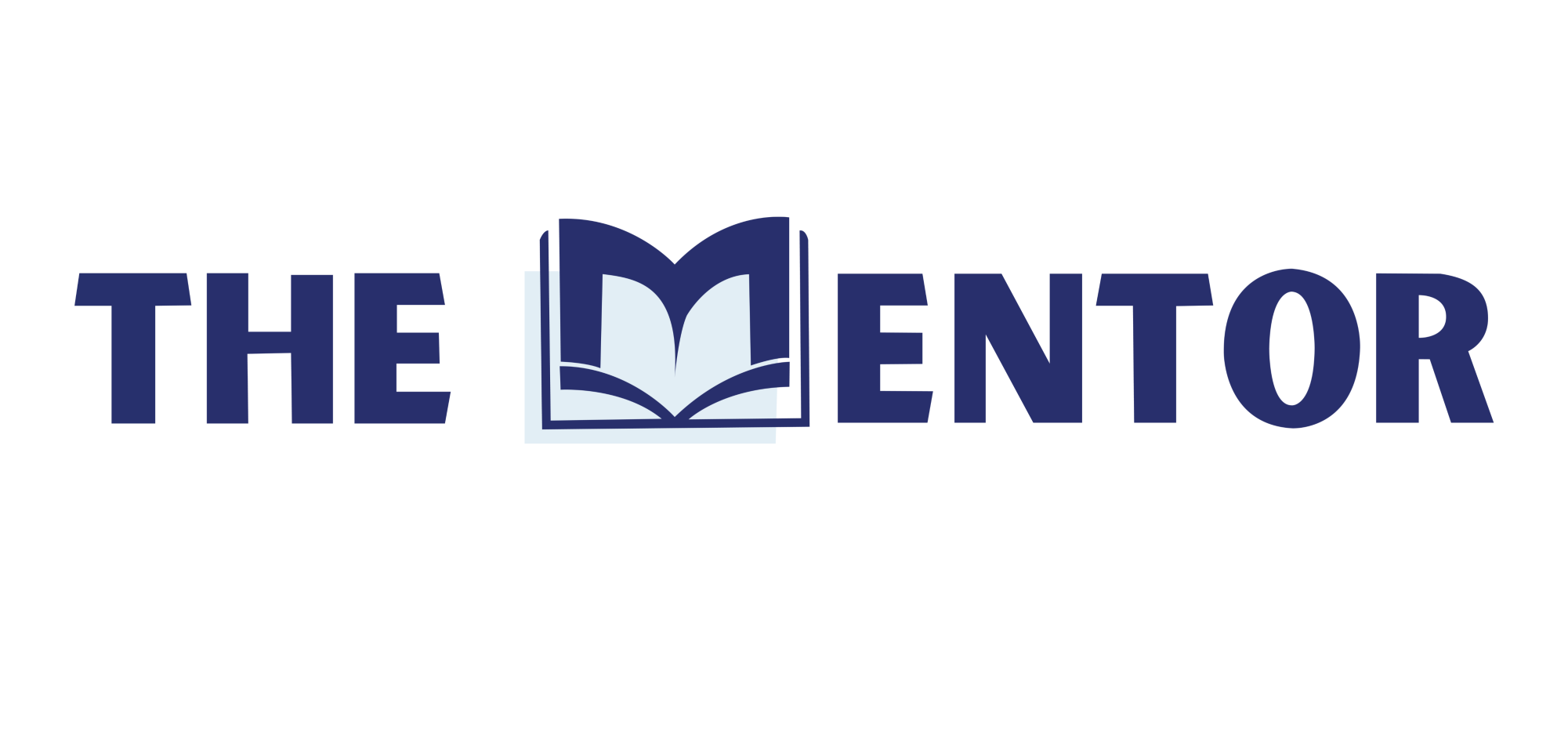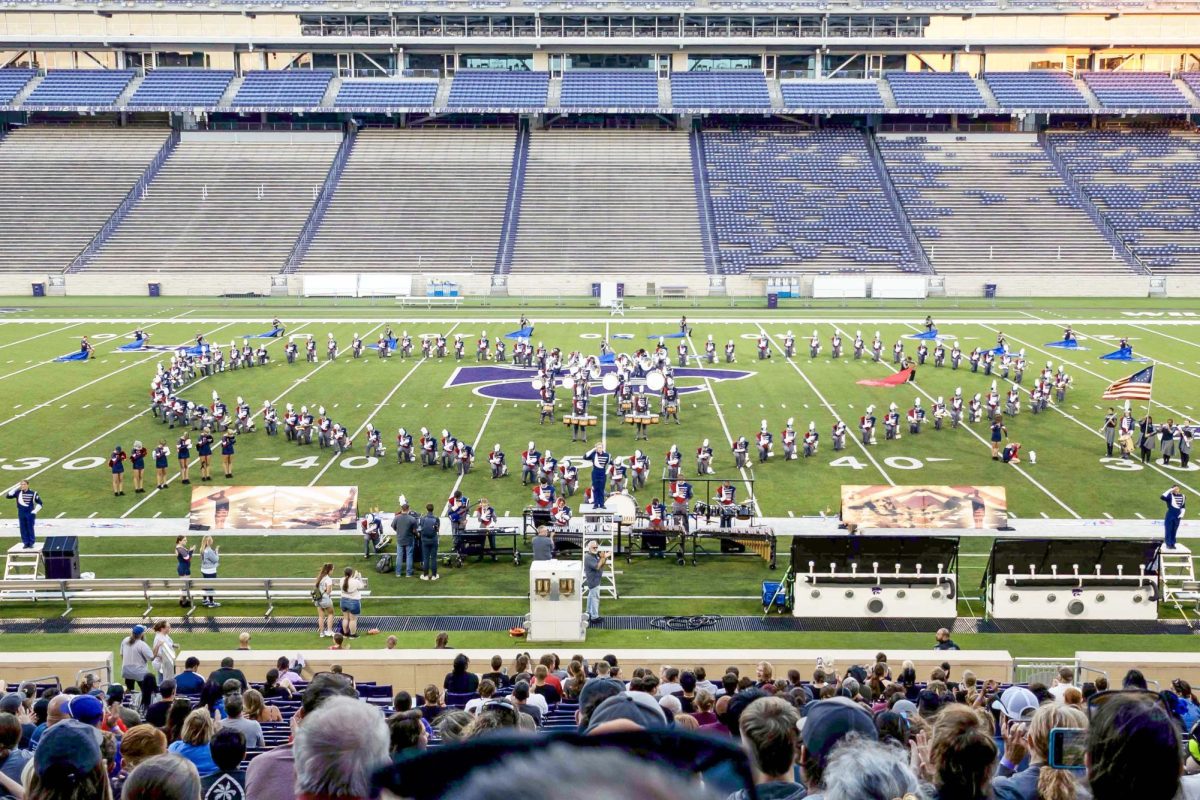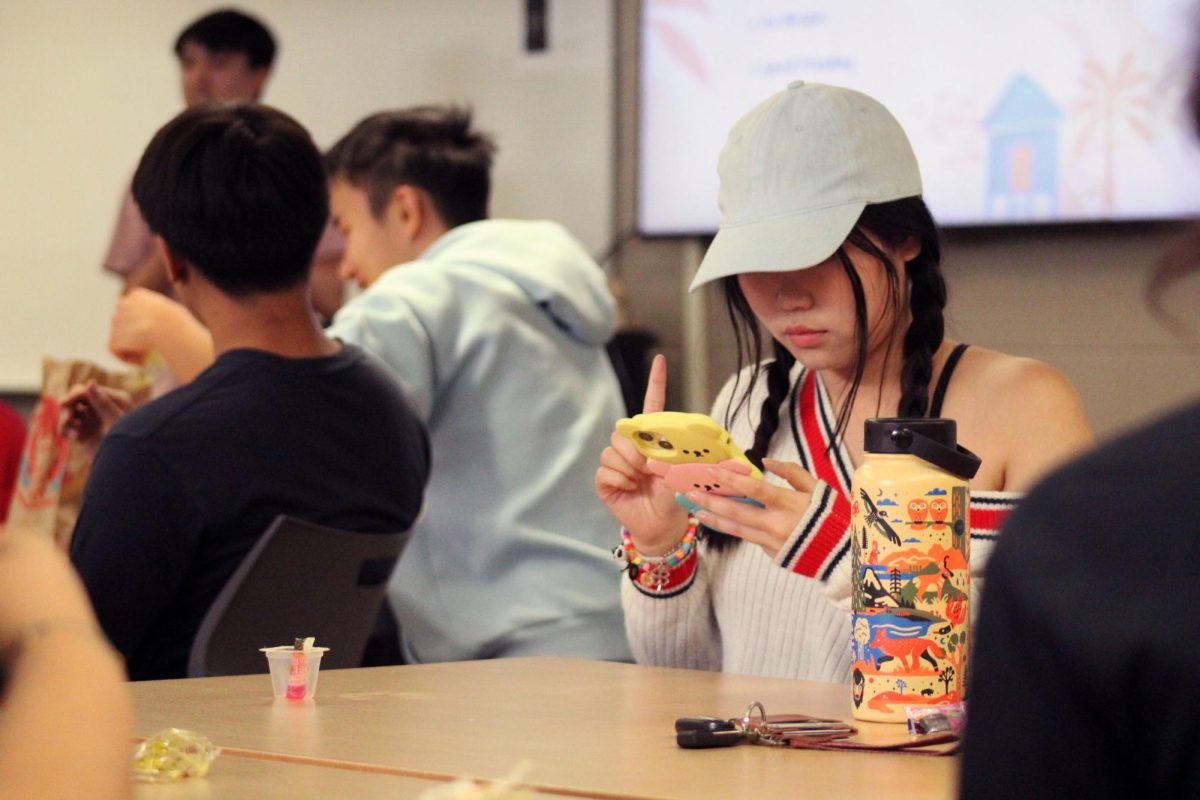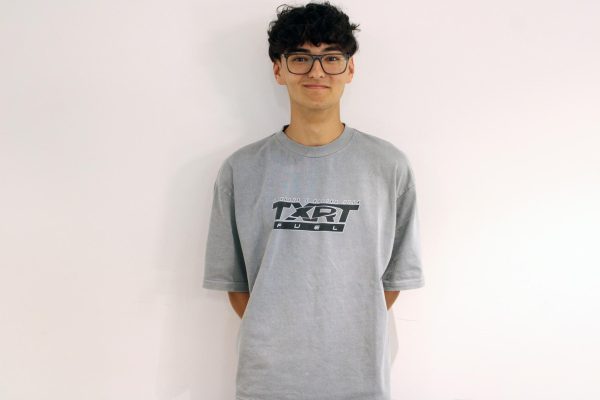Students who might not be successful with a conventional school setting now have a nontraditional educational setting option in the Alternative Learning Environment program. ALE just started its first year operating in the Robinson Education Center, across the street from Manhattan High School.
“We are unique in that this is a smaller, more individualized environment for students, so we meet with every single student and customize a schedule and a plan for every student that’s here,” ALE Coordinator Andrea Curtis said.
In response to declining graduation rates, which have dropped from 90% to 87.6% over the last four years, the ALE program was proposed at a USD 383 Board of Education meeting on March 5. The plan went into effect at the start of the school year, with 38 students being enrolled in the ALE program as of mid-October.
The program is designed to be flexible, letting students catch up with their education while still being able to participate in clubs and sports. Some might be there for the whole day, while others are on more of a hybrid schedule.
“We do a credit audit for every student that comes here, and look at if they are in need of any credit recovery,” Curtis said. “If they want to do something like an elective course, where, for example, I have a student that…wants to go into welding, it’s really important for him to take welding courses in the main building. So he’s over here for a good portion of the day, but then he’ll go over for welding.”
Most of the teaching in ALE is through Edgenuity, an online learning resource that provides students with more control over their education.
“Edgenuity is where I do the majority of my classes,” senior Shaun Leach said. “It was done in night school. The teacher puts specific classes online, and then it teaches you through them, so you watch videos, do assignments and tests there. It’s great because I can work ahead as much as I want. And if I get done with all of them, I can graduate early.”
Not many people know much about ALE, and those who do are under the impression that the students are just troubled youths unable to make a future for themselves. But these are students set out to go against these misconceptions.
“They keep telling me ‘oh, you’re a bad kid,’ ‘oh, you’re going there because you’re dumb,’ but that just isn’t the case,” senior Amani Buentello said. “At the other school, I felt that I was constantly running from place to place, but here, I can finally go at my own pace. It’s not for kids who are bad or misbehave, it’s for kids who want to learn like anyone else.”





